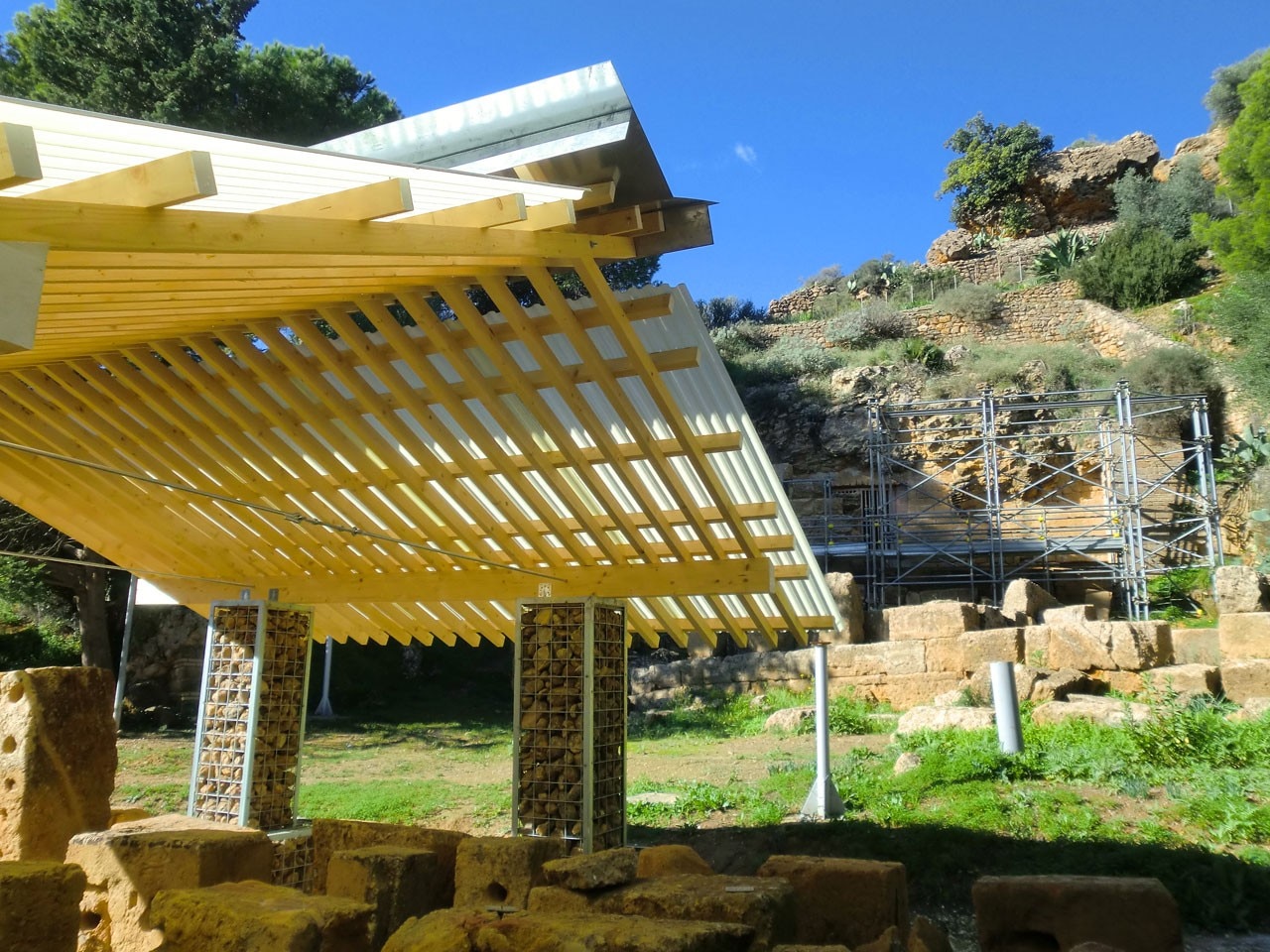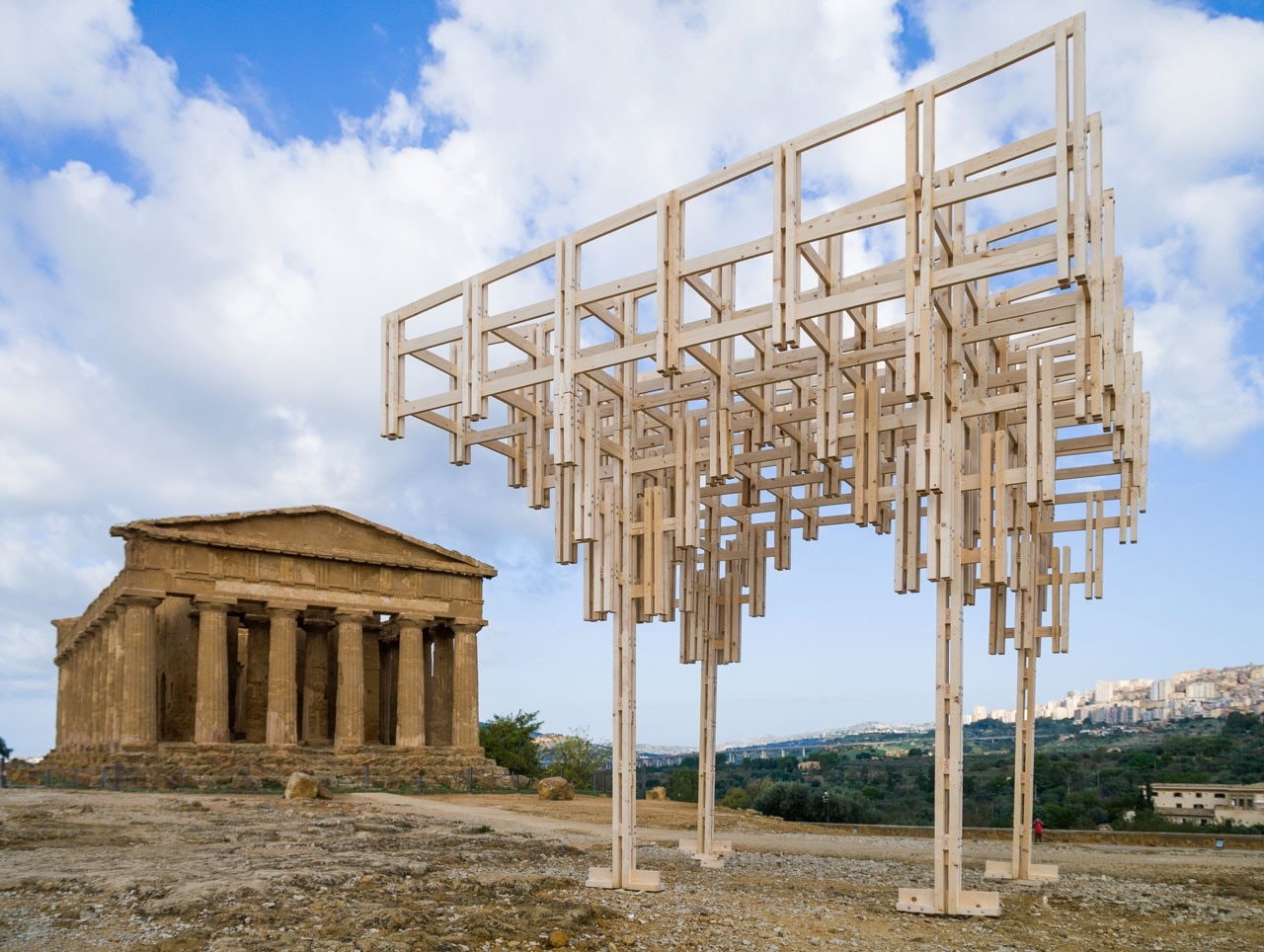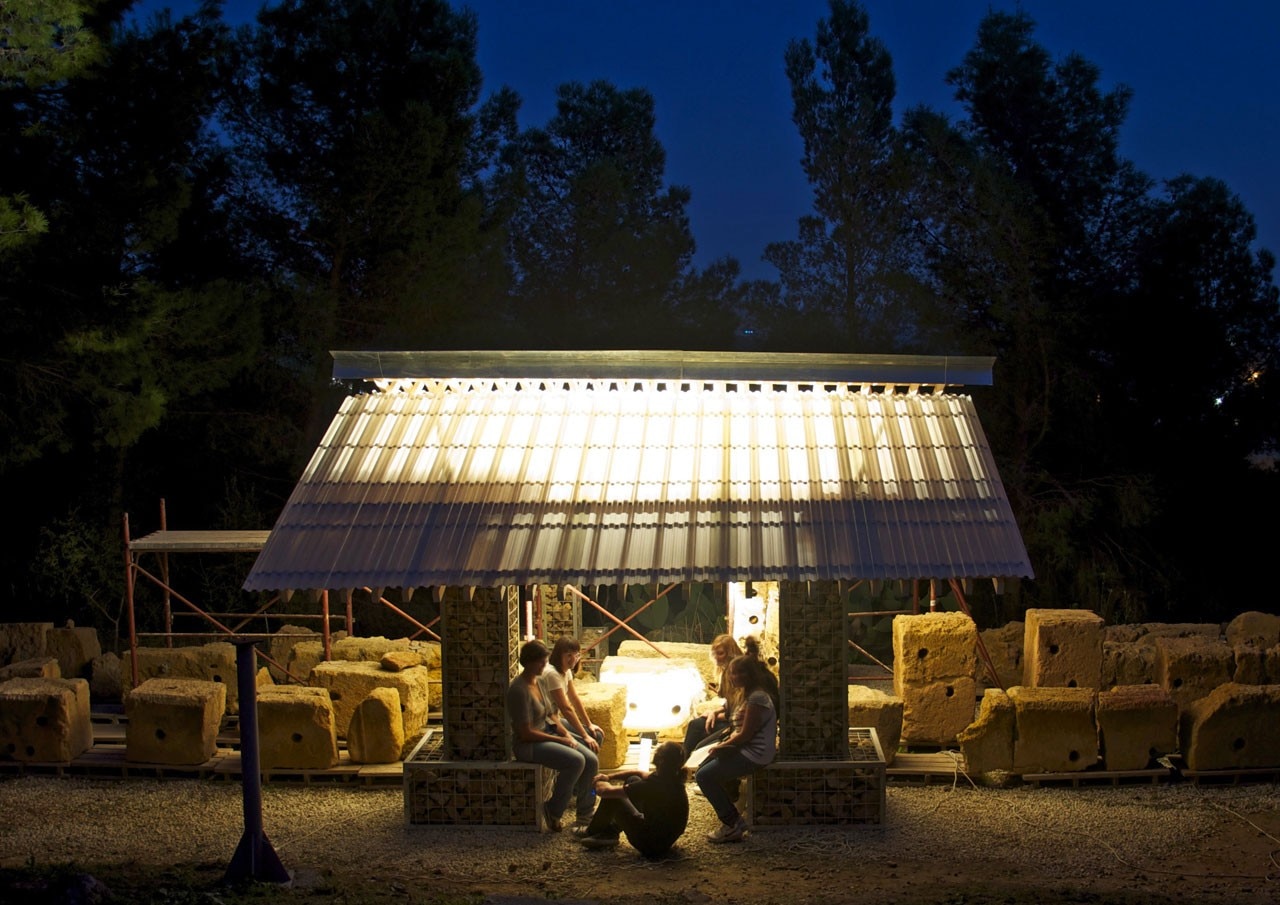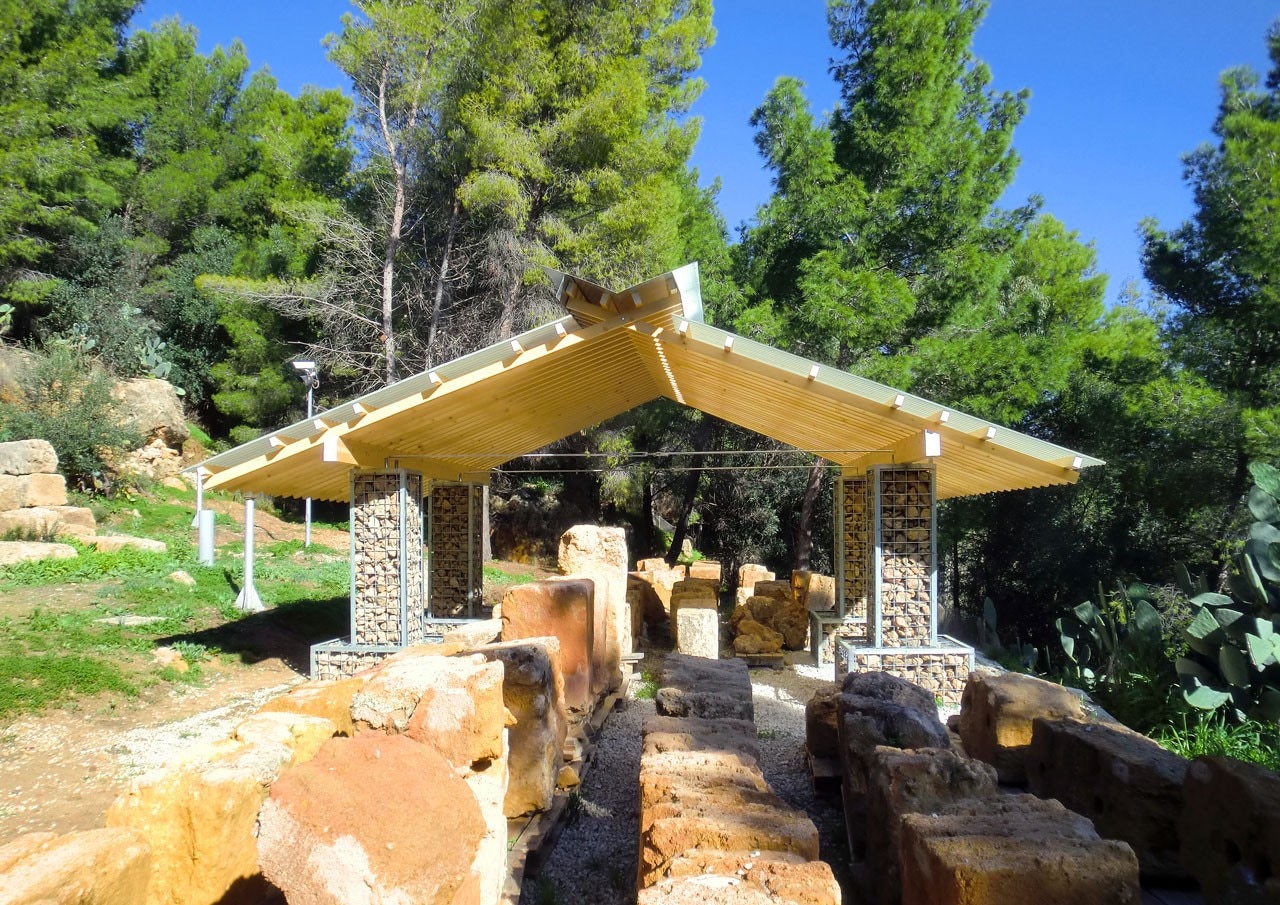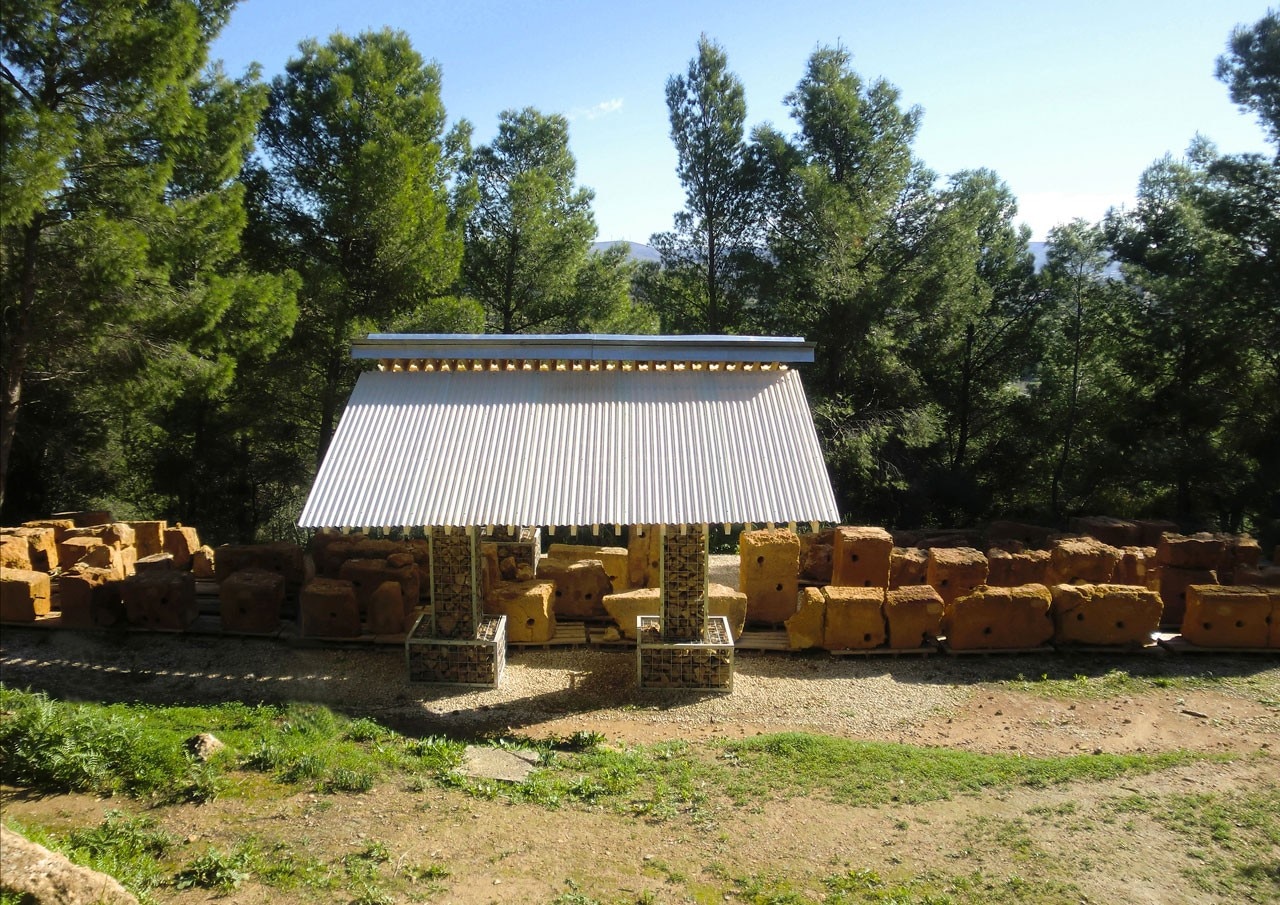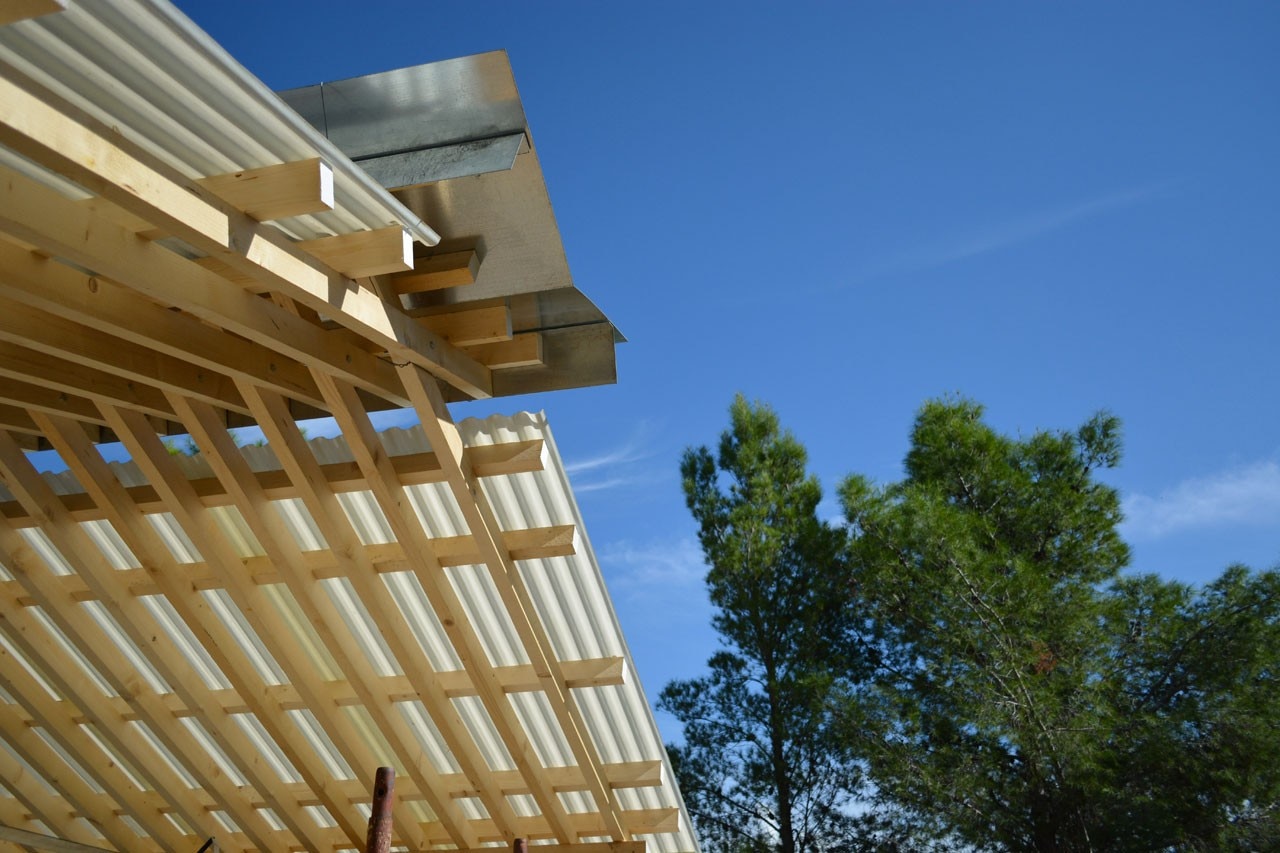
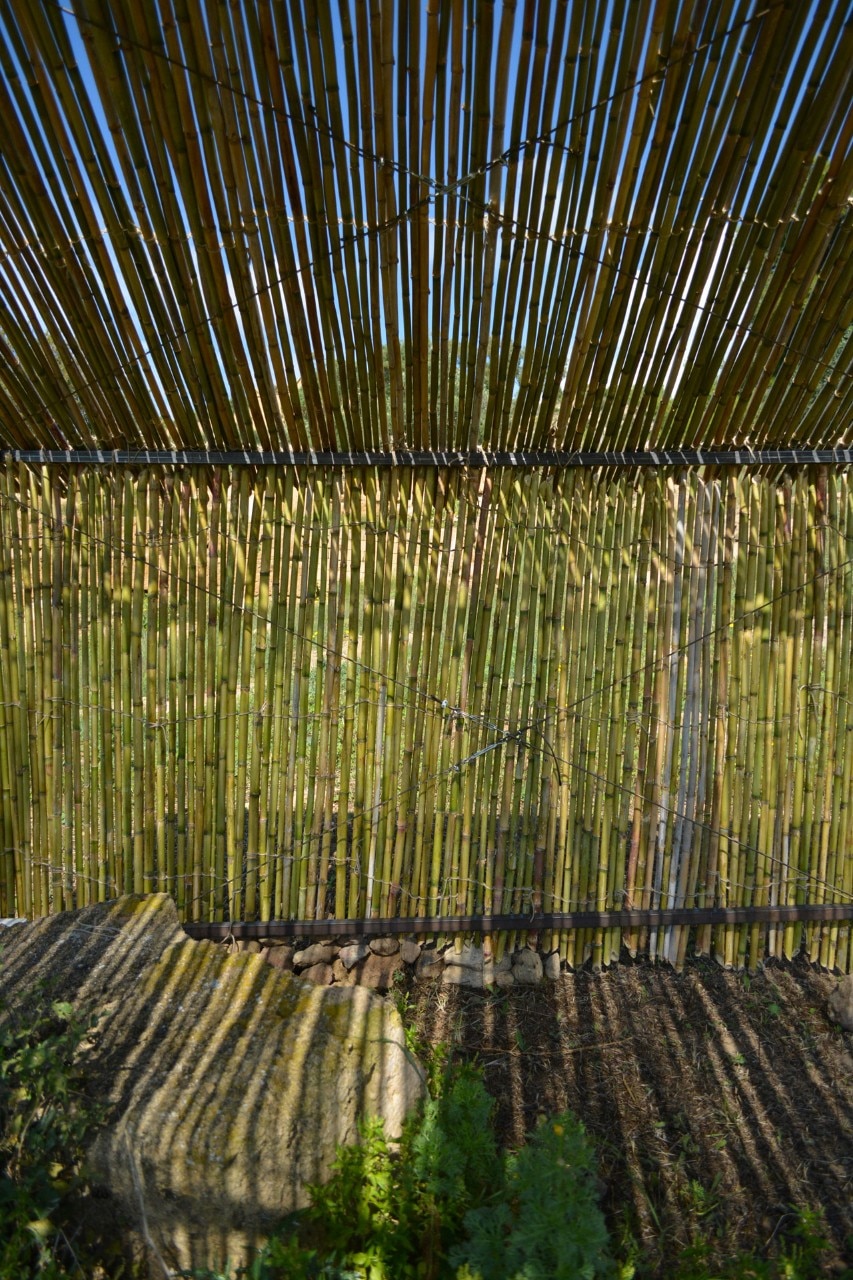
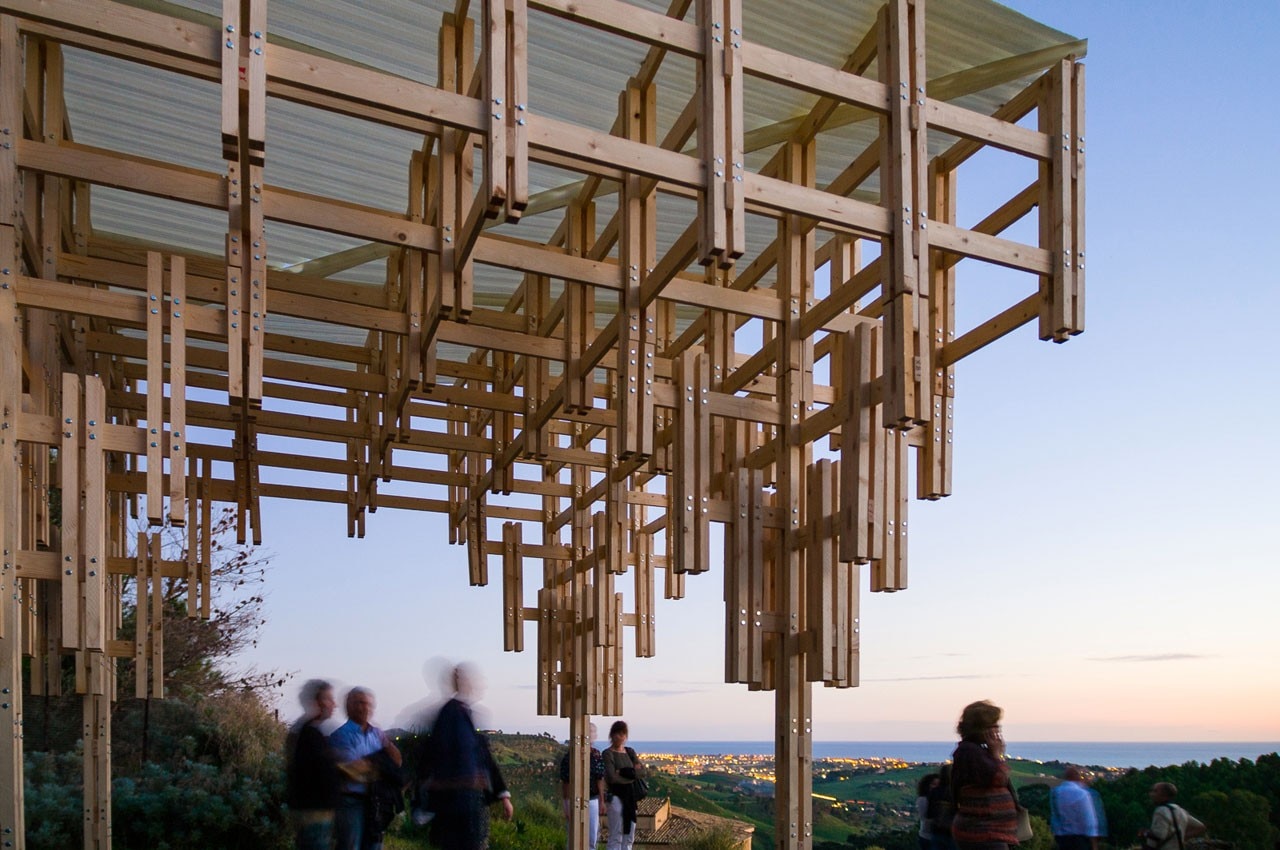
For this purpose, the summer school has seen professors and students of the Politecnico di Milano (Marco Imperadori and Andrea Vanossi), of the University of Palermo, Agrigento branch (Fausta Occhipinti), and of the University of Tokyo (Salvator-John A. Liotta and Yuta Ito) involved in the construction of experimental prototypes for the protection of archaeological finds and excavation sites.
The construction of the shelters — in addition to posing technical problems related to anchoring to uneven ground — transforms the site in that it inevitably adds a new element to the archaeological landscape. The projects have been interpreted as a shape to be managed in continuity with the landscape, something which does not conflict with it but rather merges with it. In this sense, the projects have in part attempted a dialogue with the context — they listened to and answered it — and in part — in the most extreme manner — attempt to merge and cancel themselves in it in order to disappear.
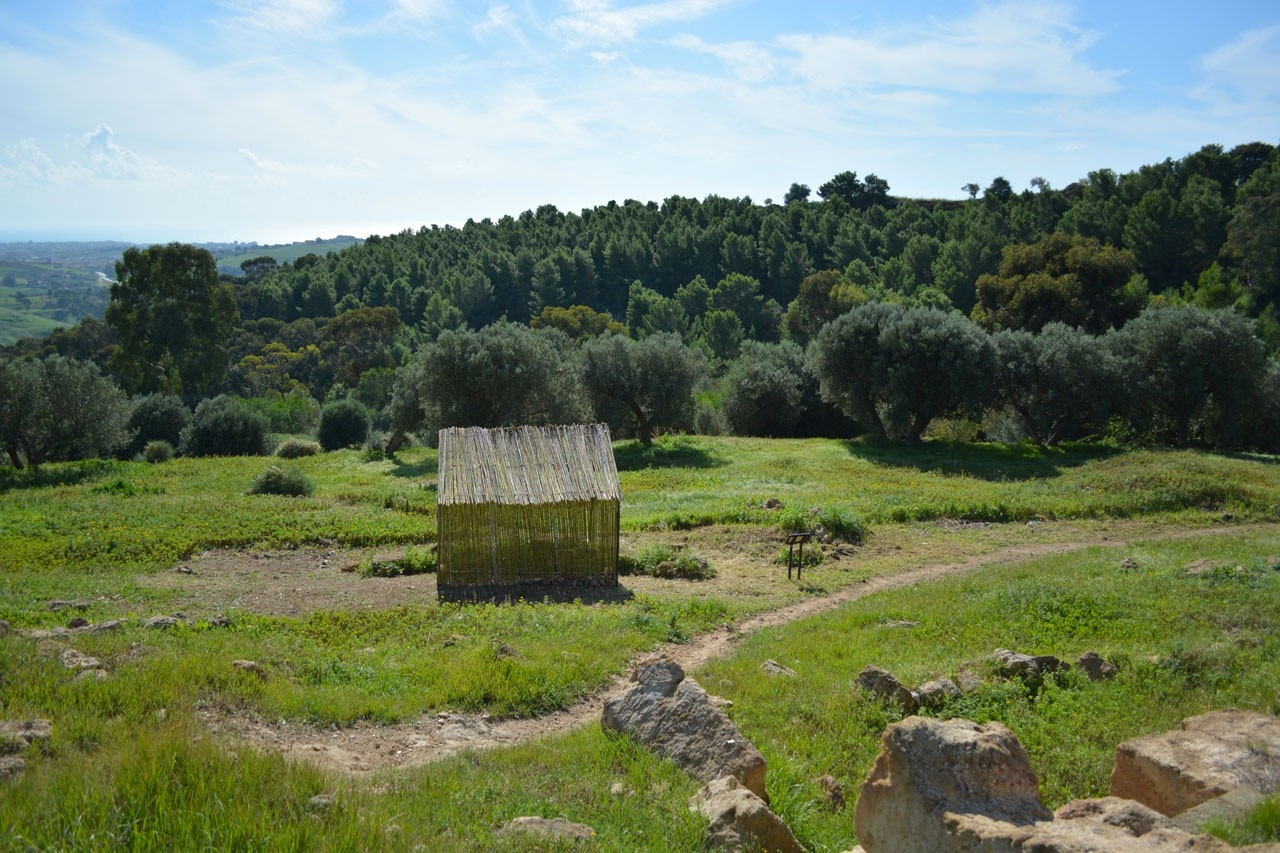
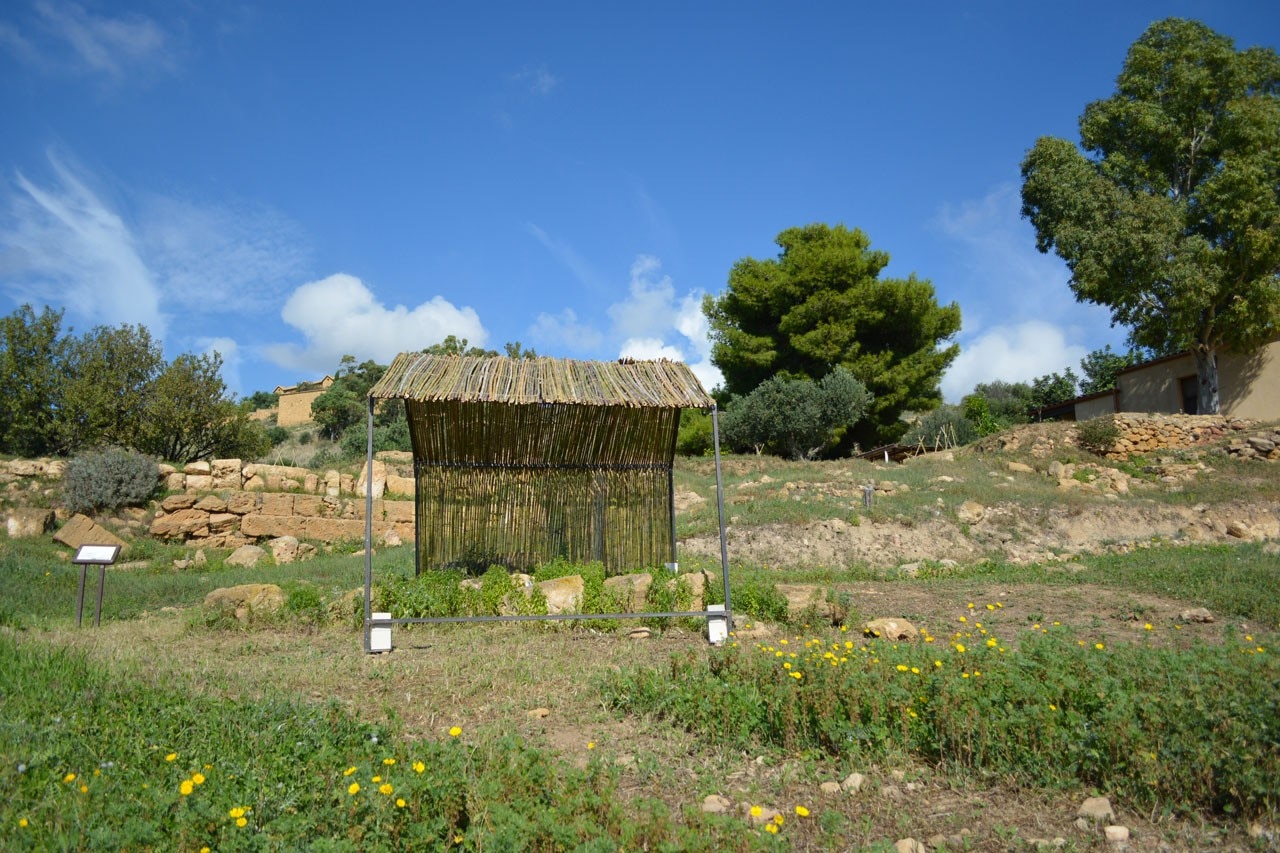
The Japanese and Italian students interacted profitably, both with the local authorities and with the park functionaries and architects: Giuseppe Amico, Calogero Liotta, Michele Bevilacqua and Antonio La Gaipa. The architectural design meeting took advantage of Kengo Kuma’s scientific supervision as well as the contributions of subject matter experts like Giuseppe Guerrera and Walter Angelico. The union of these synergies – university, public functionaries and craftsmanship – represents a unique moment of exchange and growth which opens new paths to explore.
The three shelters produced during “Architecture x Archeological Sites” – other than having a functional and aesthetic value – form the first nucleus of that which Director Parello imagines to be a park of modern architecture within an archaeological park.
